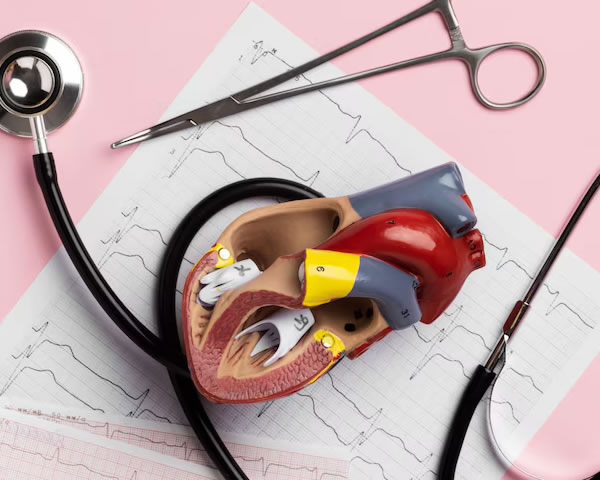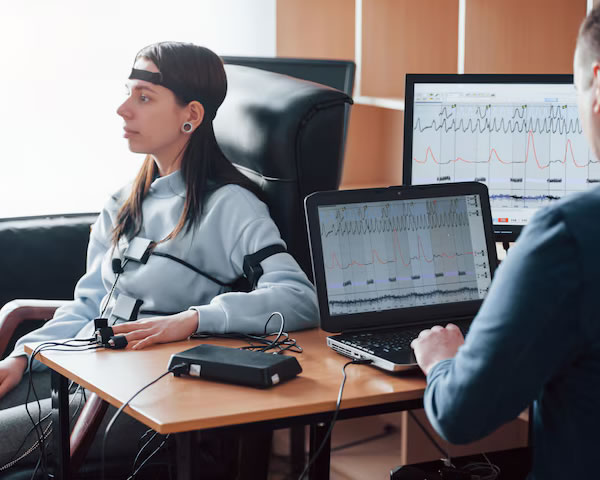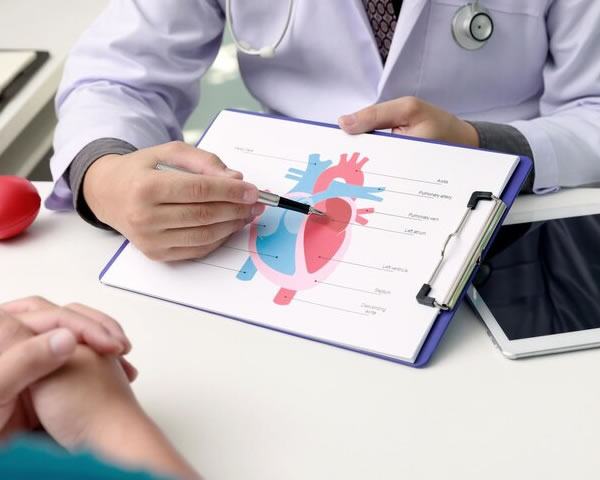Procedures
View some procedures that many be required
Coronary Angiogram
Typically conducted in a cardiac catheterization lab within a hospital, the procedure lasts approximately 30 minutes to an hour, and patients often have the opportunity to return home the same day.
During the angiogram, a thin, flexible tube called a catheter is inserted into an artery, commonly in the arm or groin. This catheter is carefully guided through the bloodstream to the heart, where a contrast dye is injected to enhance the visibility of the arteries on X-ray images.
The images obtained help healthcare professionals assess the condition of the coronary arteries and determine blood flow to affected areas, enabling the formulation of a comprehensive treatment plan. This plan may involve continuing medication, conducting further tests, performing angioplasty with stenting, or considering surgical options.
Coronary angioplasty and stenting
It begins with the insertion of a guiding catheter in the same manner as the angiogram. A thin guide wire is then maneuvered into the affected coronary artery. A small balloon at the end of a long wire is advanced to the site of the blockage, where it is inflated to widen the artery. Subsequently, a stent, which is a small mesh tube, may be placed in the artery to keep it open.
Both angiography and angioplasty/stenting are generally safe, but they come with some risks, including bleeding, infection, and, although infrequently, complications such as stroke, heart attack, or arrhythmias. There is also a minimal risk of an allergic reaction to the contrast dye or kidney-related issues from the dye.
Transthoracic Echocardiogram
During the procedure, a technician places a small transducer on your chest, which sends sound waves to your heart. These waves create live images of your heart’s chambers, valves, and blood flow. The procedure is painless and typically lasts 30 to 60 minutes.
A TTE is a safe and effective way for your doctor to assess heart health and determine the need for further treatment.
Coronary artery calcium score
The test involves a specialized CT scan of your heart. It is quick and painless, usually taking about 10-15 minutes. The resulting score reflects the level of calcified plaque in your arteries, helping your doctor predict your risk of a heart attack or other cardiovascular issues.
A higher CAC score indicates a greater risk of heart disease, and your doctor may recommend lifestyle changes or further treatment based on the results.
CT coronary angiogram
During the procedure, a contrast dye is injected into your bloodstream to highlight the coronary arteries. You will then undergo a specialized CT scan, which captures detailed images of the blood vessels in your heart. The scan takes about 30 minutes and is painless, though you may feel a brief sensation of warmth when the dye is administered.
A CT coronary angiogram provides critical information about the state of your heart’s arteries and can guide your doctor in planning appropriate treatment, including medications or interventions if significant blockages are found.
Right heart catheter
This procedure usually lasts around 30 minutes and takes place in a cardiac catheterization lab. A thin catheter is inserted into a vein—typically in the groin, arm, or neck—and guided to the right side of the heart.
The catheter is equipped with sensors that measure pressure and blood flow, and it can also assess oxygen levels and resistance to blood flow from the heart to the lungs.
While right heart catheterization is generally safe, it does carry some risks, including bleeding, infection, potential injury to the right side of the heart, and allergic reactions to the contrast dye.
Endomyocardial biopsy
Performed in a cardiac catheterization lab, a catheter is inserted into a vein in the groin, arm, or neck, then guided to the heart. A specialized tool called a bioptome is then used to take a small tissue sample, usually from the septum, which is then sent for pathological evaluation.
While EMB is regarded as a relatively safe procedure, it does involve some risks, including bleeding, infection, and the rare possibility of perforating the heart wall, which might require surgical intervention.
Implantable Loop recorder
The ILR can capture arrhythmias that may be overlooked by traditional tests such as ECGs or short-term Holter monitors. It has the capacity to store data for up to three years, automatically uploading it for analysis when full.
Inserting an ILR is considered a safe procedure; however, potential risks include infection or bleeding at the insertion site. Rarely, the device may malfunction.
Exercise stress test
An exercise stress test evaluates how your heart responds to physical activity. This non-invasive procedure can help diagnose various heart issues, including significant coronary artery disease and arrhythmias.
During the test, you will walk or run on a treadmill while your heart rate, blood pressure, and ECG are continuously monitored. The treadmill’s speed and incline will gradually increase according to a specific protocol until you reach at least 85% of your maximum predicted heart rate.
If you experience chest pain, shortness of breath, or other concerning symptoms, the test will be halted.
The results will assist your doctor in diagnosing heart conditions and determining the most appropriate treatment. Exercise stress tests are generally safe, though there is a small risk. The procedure typically lasts about 30 minutes, and you can return home the same day.
DC Cardioversion
Typically performed in a hospital setting, this elective procedure involves sedating the patient and placing electrodes on the chest. A defibrillator is then used to deliver the electrical shock.
The entire process usually takes about 10 minutes, and most patients are able to return home the same day.










